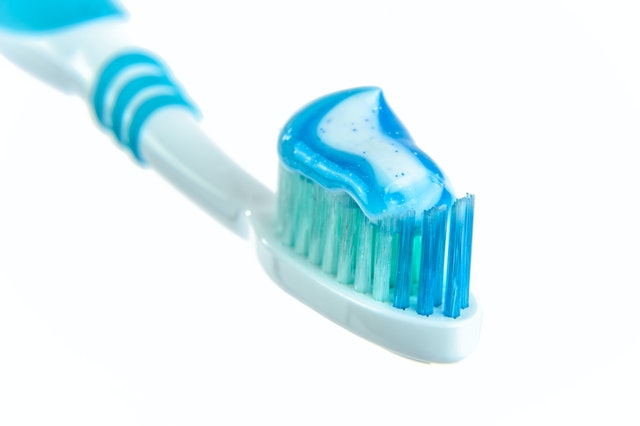1.5 Hawthorne effect and blinding individuals
What if the patients in the Himalaya 292 study were being watched (or waited for) while defecating?
People often behave differently (either positively or negatively) if they know (or think) they are in a study or are being watched. This is called the Hawthorne effect (McCarney et al. 2007). This could also compromise the internal validity of the study.
![]()

Example 1.11 (Hawthorne effect) People are more health-conscious if they know they will be followed up on a regular basis. For example, a study aiming to increase fruit and vegetable intake in young adults (Clark et al. 2019) noted that
The changes that did occur could be explained by the Hawthorne effect [...] the intervention [...] can inherently cause participants to change behavior because they know they are being observed...
--- Clark et al. (2019)
The impact of the Hawthorne effect can be minimized by blinding the individuals in the experiment so that they do not know:
- that they are in a study;
- the aims of the study, and/or
- which treatment they are receiving.
Blinding people to knowing they are involved in a study is often difficult, as ethics usually requires individuals' informed consent.
For example, if the individuals do not know which treatment they are receiving, they cannot behave differently according to the treatment they know they are receiving.
Example 1.12 (Hawthorne effect) In the Himalaya 292 study, the authors report:
The study was explained fully to the subjects, both verbally and in writing, and each gave their written, informed consent before participating.
--- Bird et al. (2008), p. 1033
That is, the subjects knew they were in a study. As is usual, this was an ethics requirement (in this case, from the Ethics Committee of the CSIRO). The Hawthorne effect may influence the results.
However, the subjects did not know which diet they were on:
Volunteers were not told the identity of the test cereal in the foods provided to them.
--- (Bird et al. (2008), p. 1033)

Example 1.13 (Hawthorne effect) In an experimental study (Lorenz et al. 2019) to compare the efficacy of a new type of toothpaste, participants were given two types of toothpaste to use (a new type, and an exisiting type), and evaluations of plaque remaining on the teeth were taken. The authors state that:
... a plaque-reducing effect was seen not only in the test group but also in the control group. This phenomenon is due to the so-called Hawthorne effect that can lead to an overestimation of the effect and false positive results.
--- Lorenz et al. (2019), p. 5
That is, since all participants knew they were being assessed after brushing their teeth, there may have been a tendency to brush their teeth better than usual. The authors then state:
To minimize the Hawthorne effect, longer study durations of more than 6 months were suggested.
--- Lorenz et al. (2019), p. 6